Women’s History Returns to West Po, Seeks to Widen History Curriculum
Two school years ago at West Po a new elective was created in the history department called ‘Women’s History’. It only ran at West Potomac, and while it didn’t run this year, it will return for the 21-22 school year. Women’s History is a history elective that teaches students about women and their impact on history.
According to the National Women’s History Museum (NWHM), there’s a lack of women in the history curriculum, with only ten women taught consistently throughout the country, and a full 2/3 of all the women taught about are white.
This creates a rift in what students understand about history. According to Heather O’Grady, the teacher who proposed and now teaches Women’s History at West Potomac, because only five of the 95 people mentioned in the Virginia World History II SOL are women, we are teaching girls that they don’t matter, and that they won’t be remembered.
“I took [Women’s History] because regular history classes do not provide nearly enough information on how women have impacted history,” Hannah Orenstein said, an 11th grader, who took the class when it ran last year, said.
Kes Shallbetter, a student who is taking the class next year, offered similar reasoning.
“Social studies has always been my favorite subject in school. I like learning about the ways humans interact with each other and the world around them, and Women’s History appeals to that interest, and my passion for feminism. This course seemed like a great way to increase my own awareness of underrepresented women in history,” said Shallbetter.
In fact, according to the NWHM, in history curriculums across the country, 53% of the topics where women are discussed, talk about them in domestic roles, with no mention of activism or jobs that women would traditionally aspire to today.
Although the class did not run last year, Orenstein is excited for its return next year.
“I would definitely recommend it because it’s not stressful but the class still learns a lot,” Orenstein said.
This may in part be down to the way O’Grady approaches teaching the class. According to O’Grady, she has ensured that her students have many different time periods, events, and specific women they can learn about.
“Instead of learning history chronologically, we approached it thematically. We started with researching state history standards from across the country and comparing how many and which women were taught in each state…Students were then able to research a woman in politics from any time period/region they preferred. We also looked into topics such as women in society, women in religion, women in sports, women in arts and culture, women in STEM, and how gender roles intersect and change with race, class, ethnicity, sexuality, age, marital status, ability level, and appearance,” O’Grady said.
While much of this class is, of course, a study in history and what has happened in the past, O’Grady also believes that part of the fun comes from the students themselves.
“The students that I had last year were amazing… I loved to see which individual women they would choose to research in each unit, because it was not only fun to learn about these women with my students, but to see my students’ personality being reflected in their choices,” she said.
In her Senior year at West Po, Mollie Shiflett wants to keep it real. She is Co-Editor-in-Chief of the West Po Wire and has been since sophomore year....



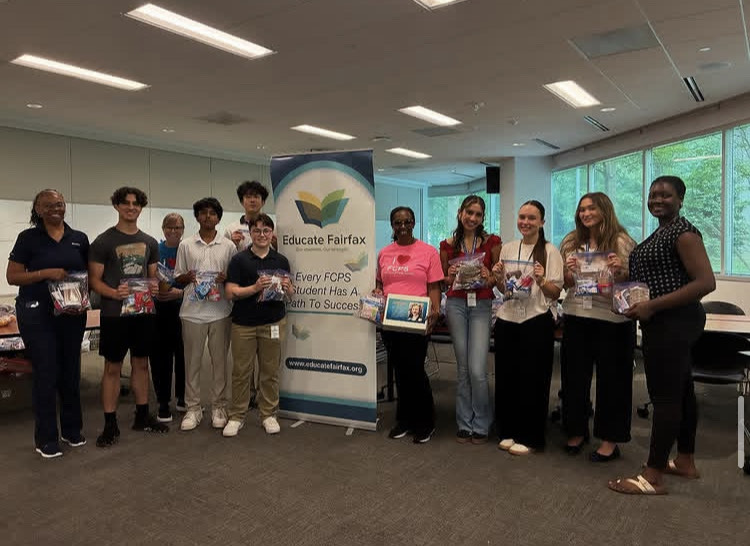

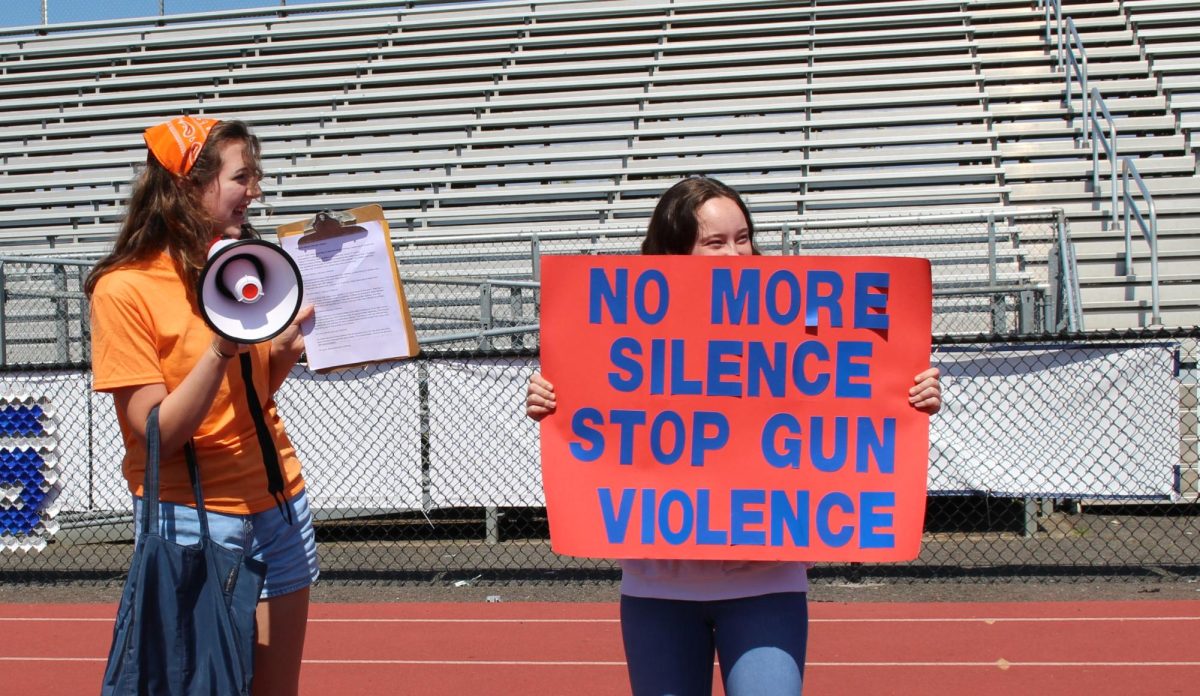
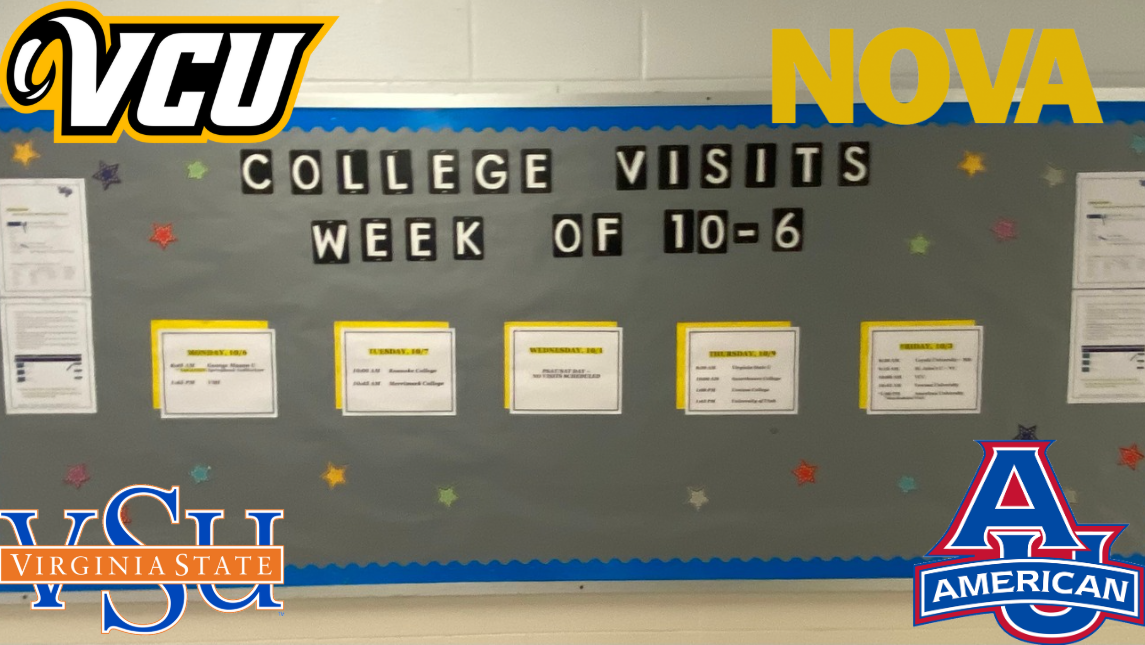
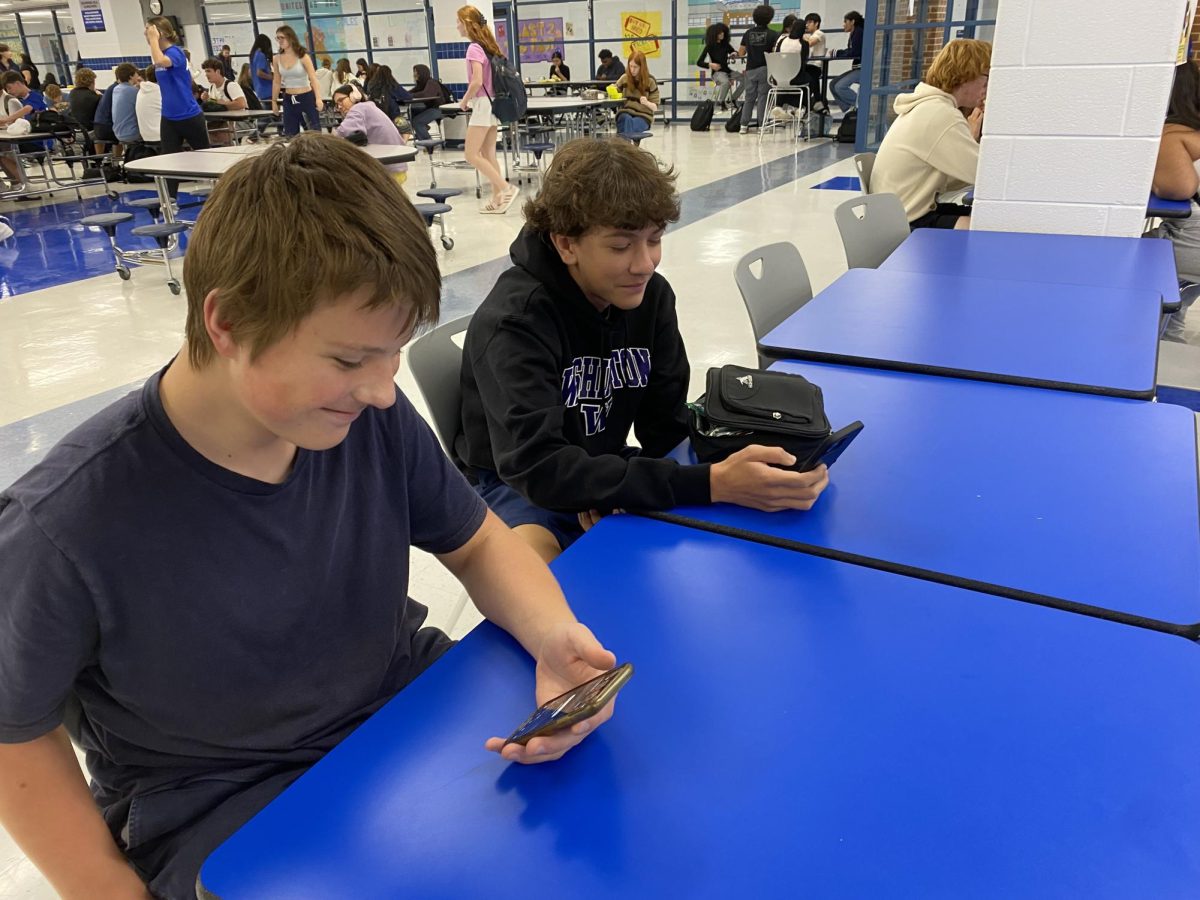
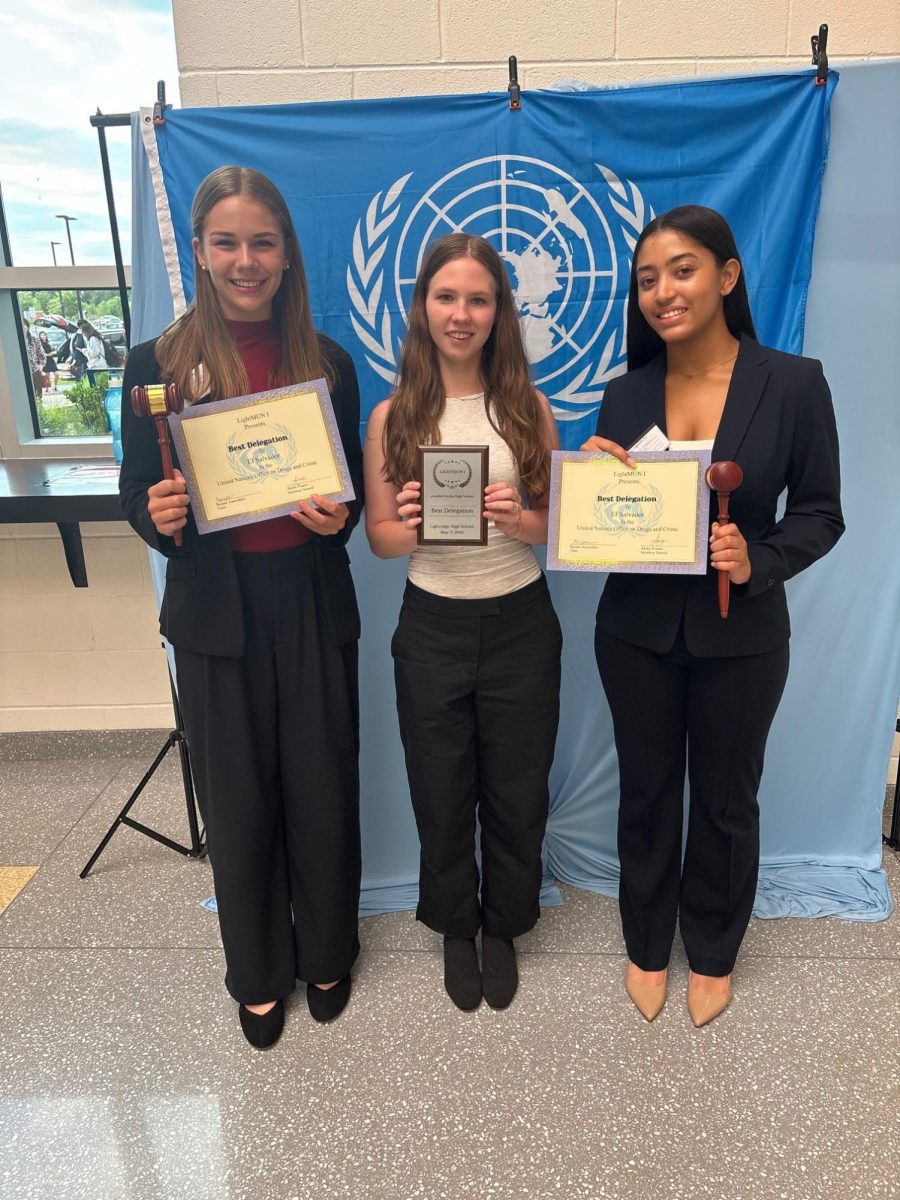

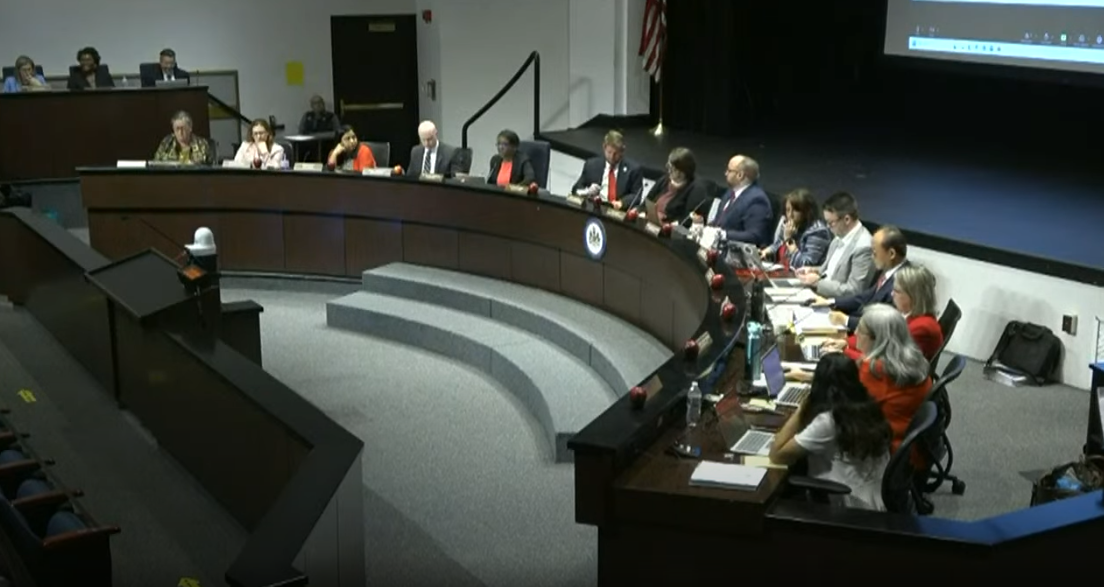

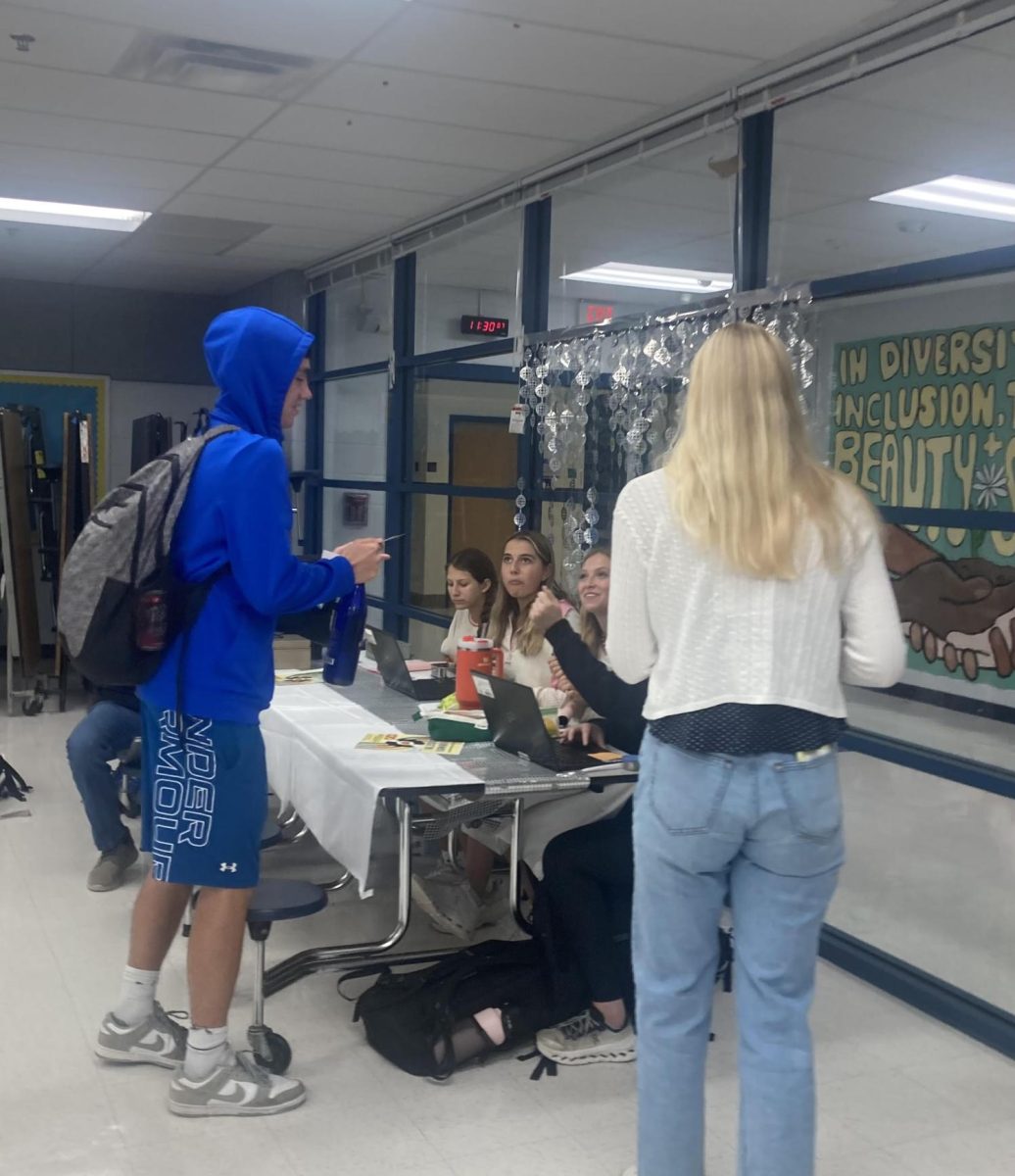

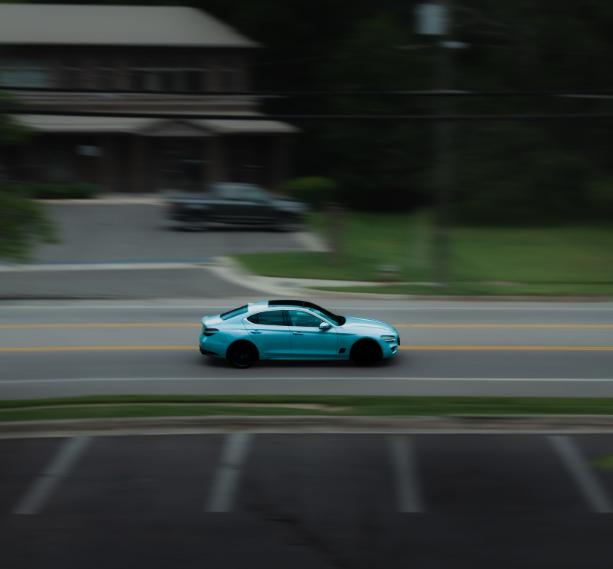



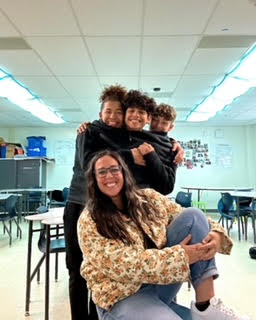




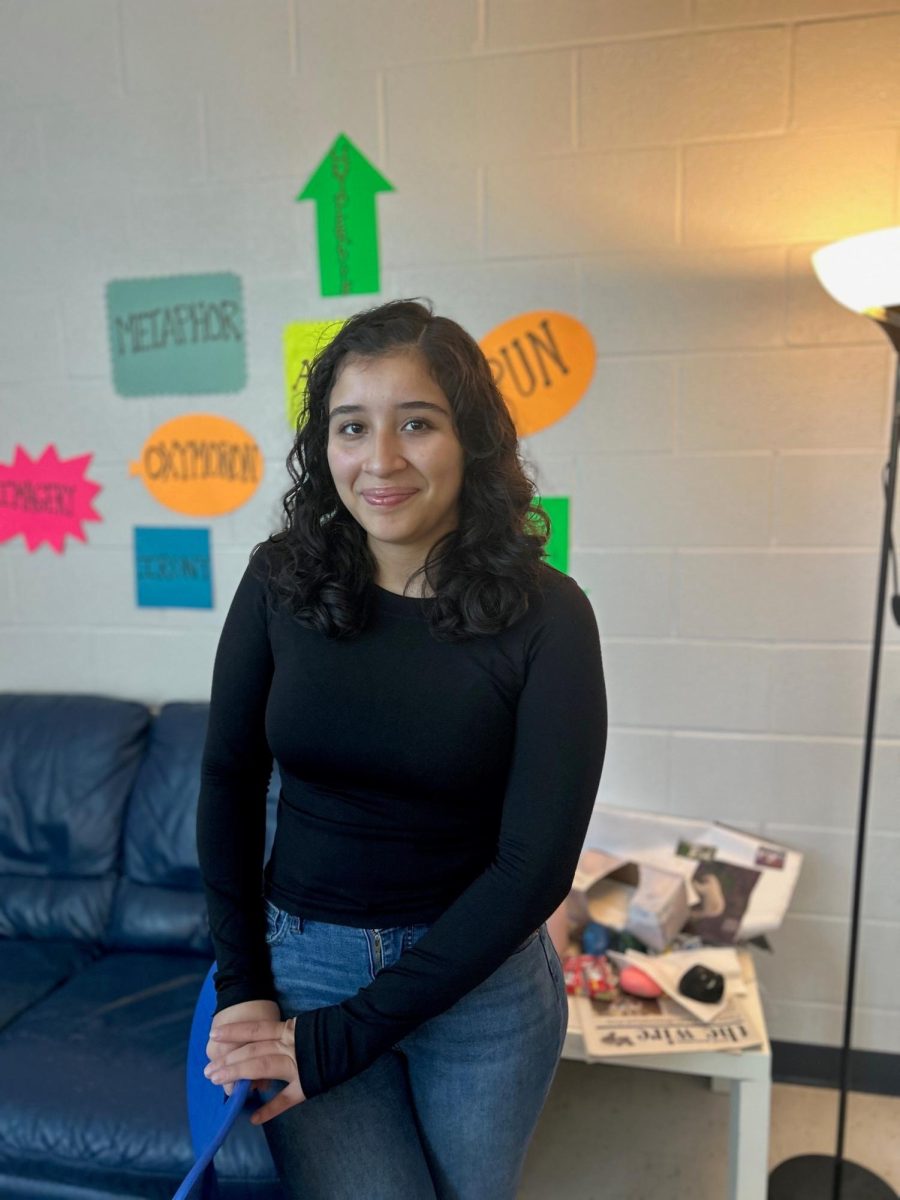
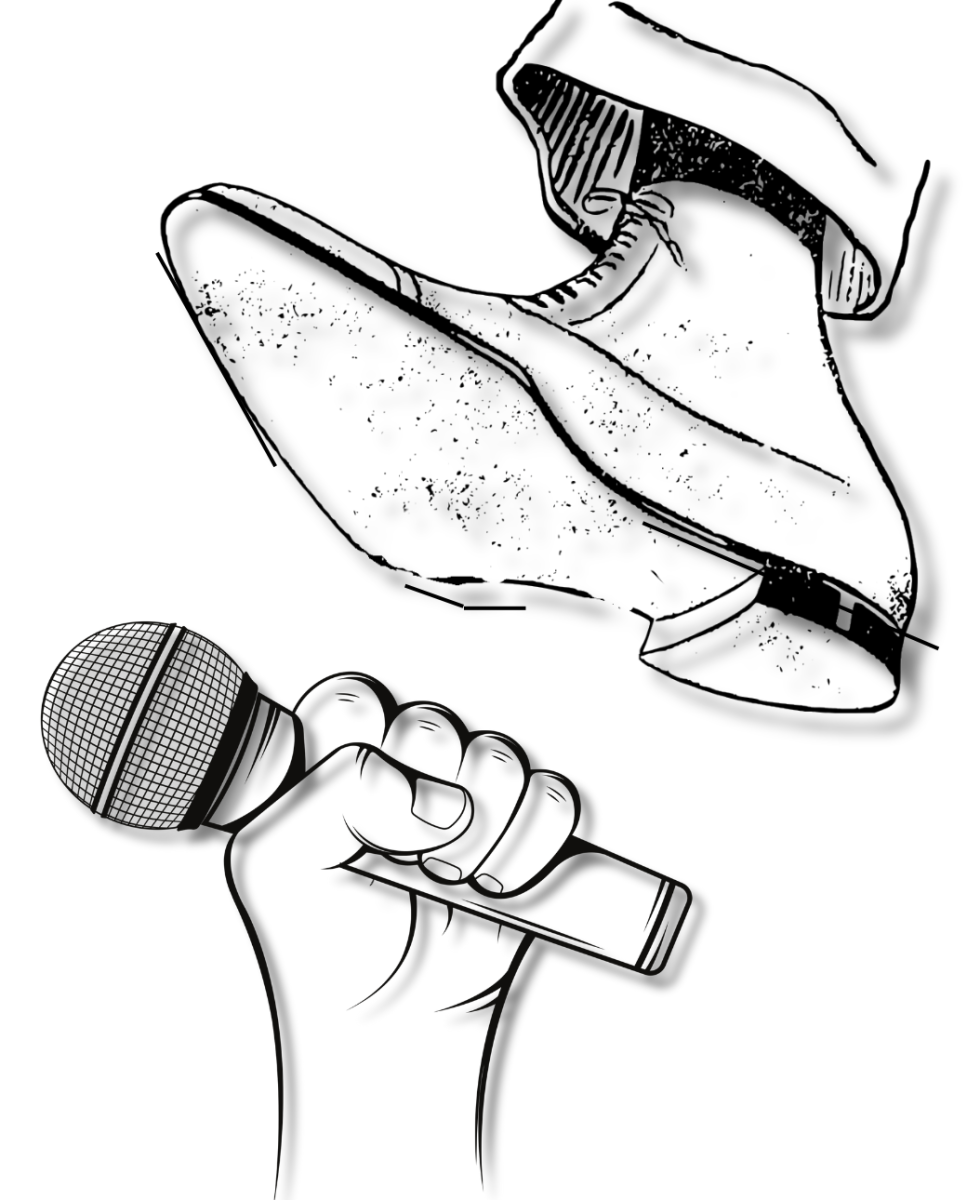
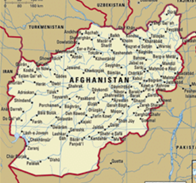
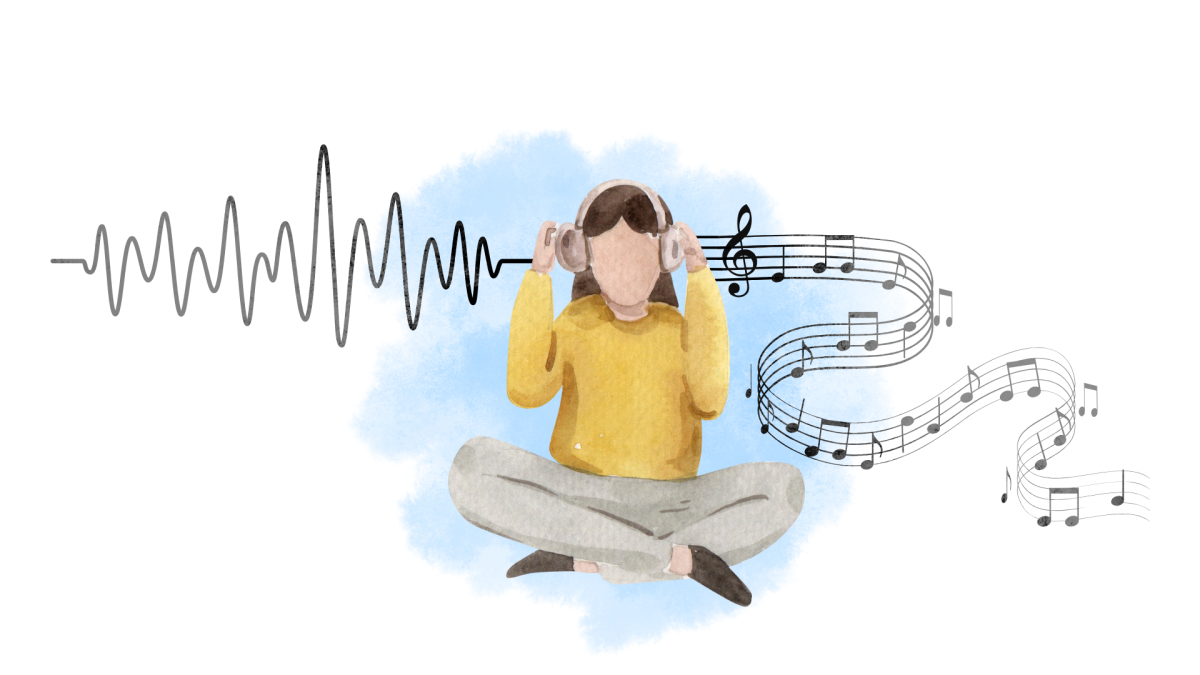



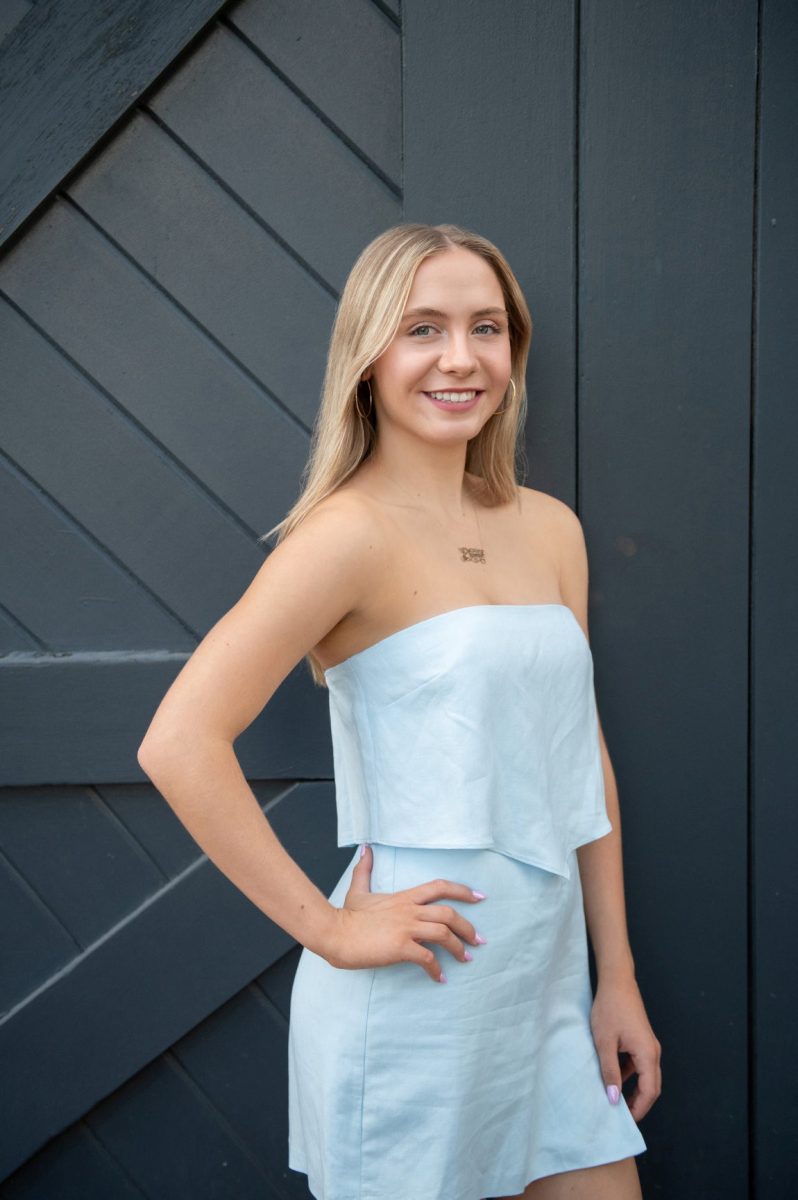
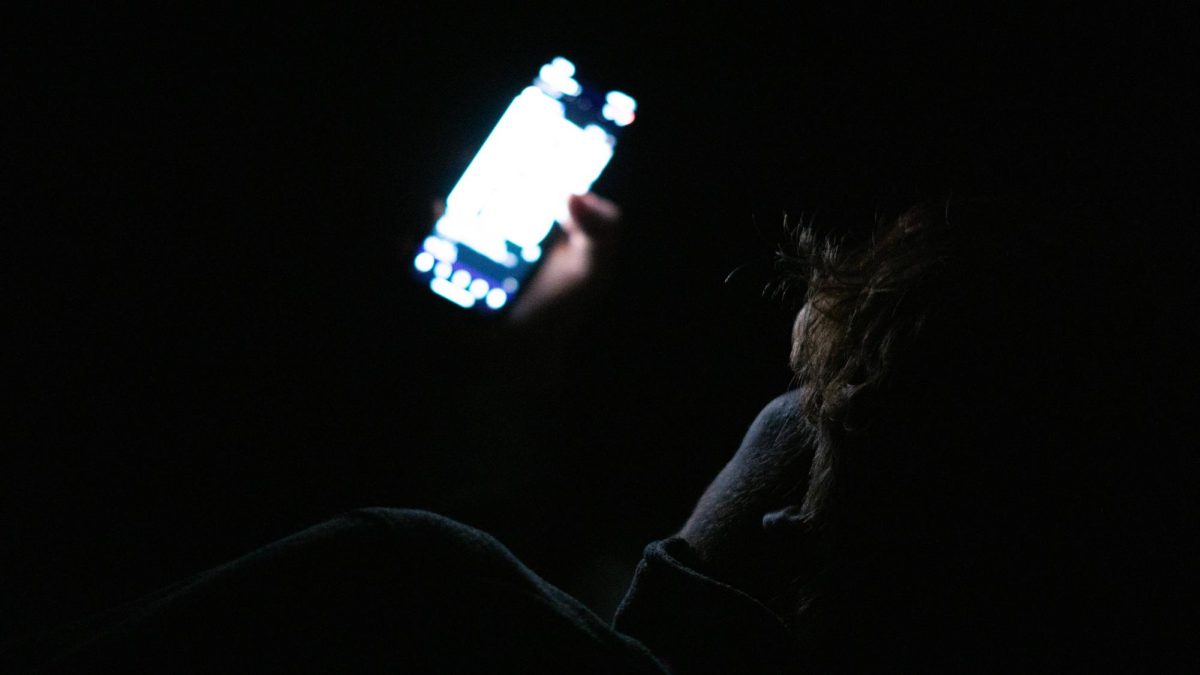

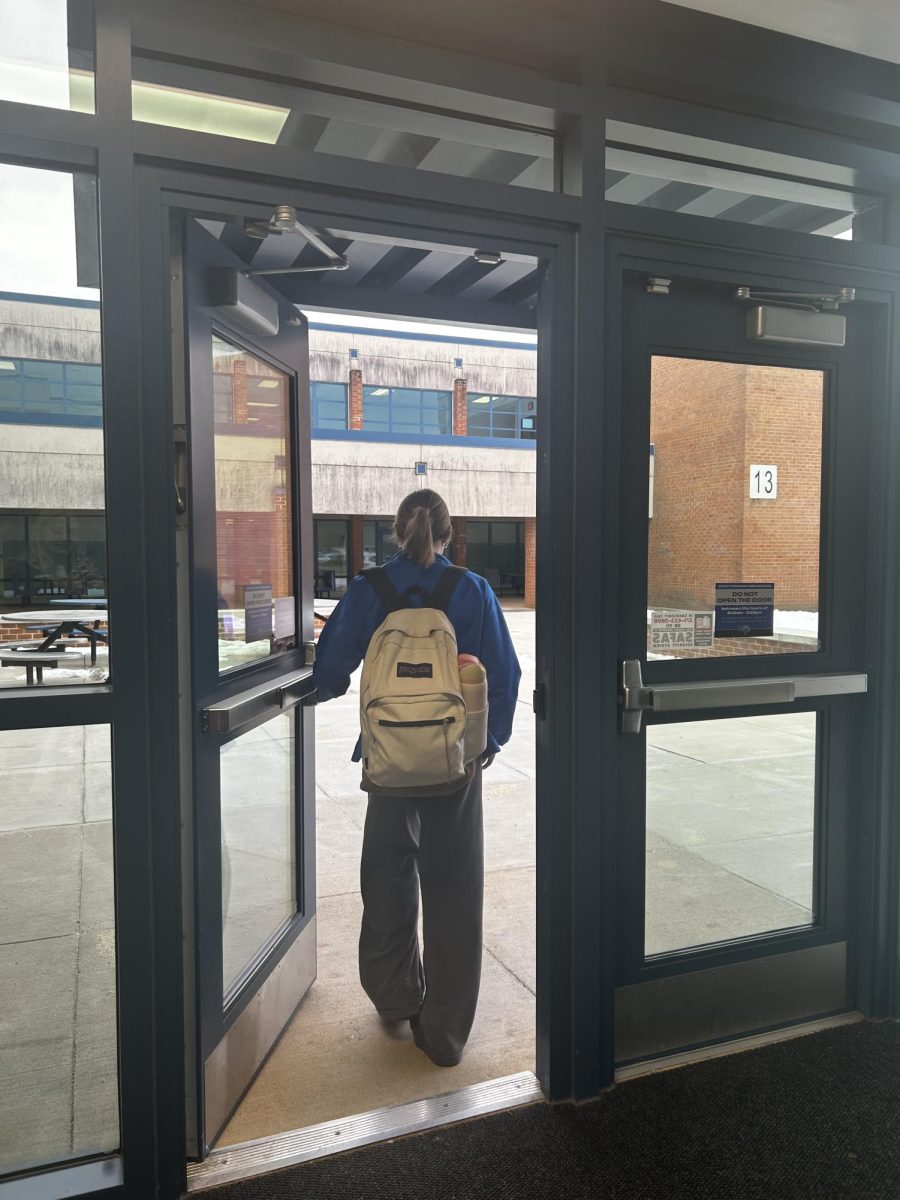

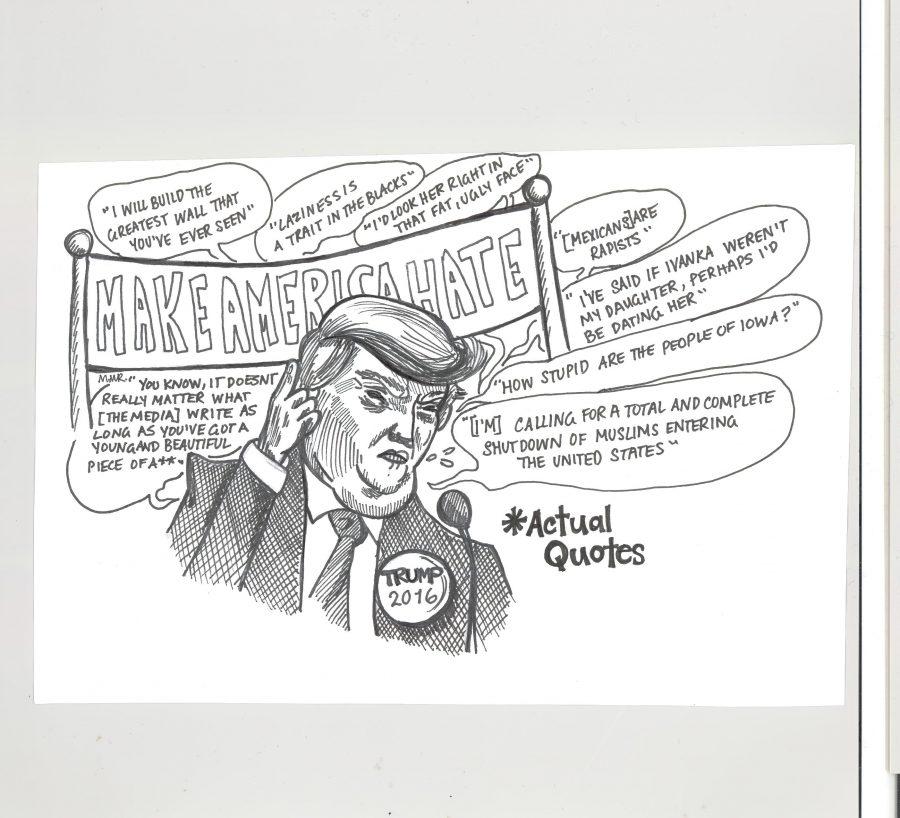


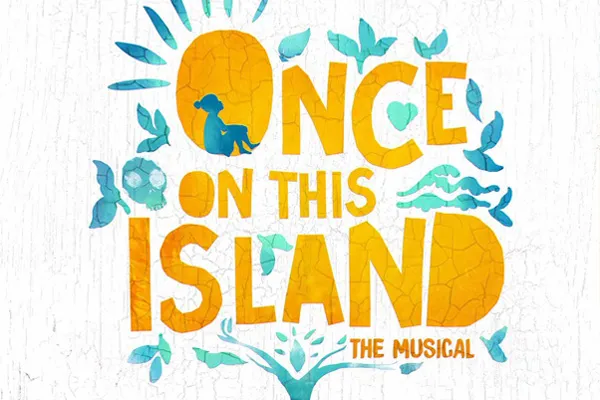

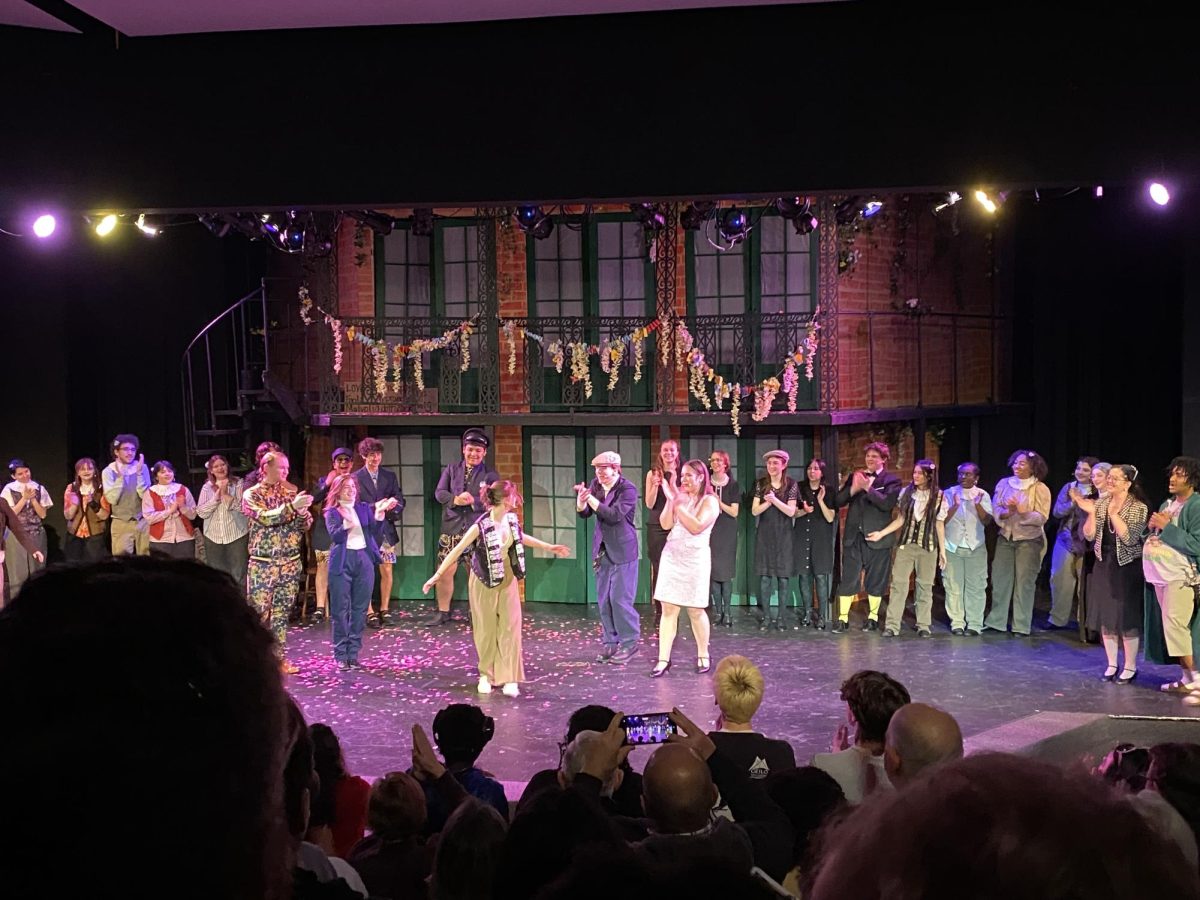

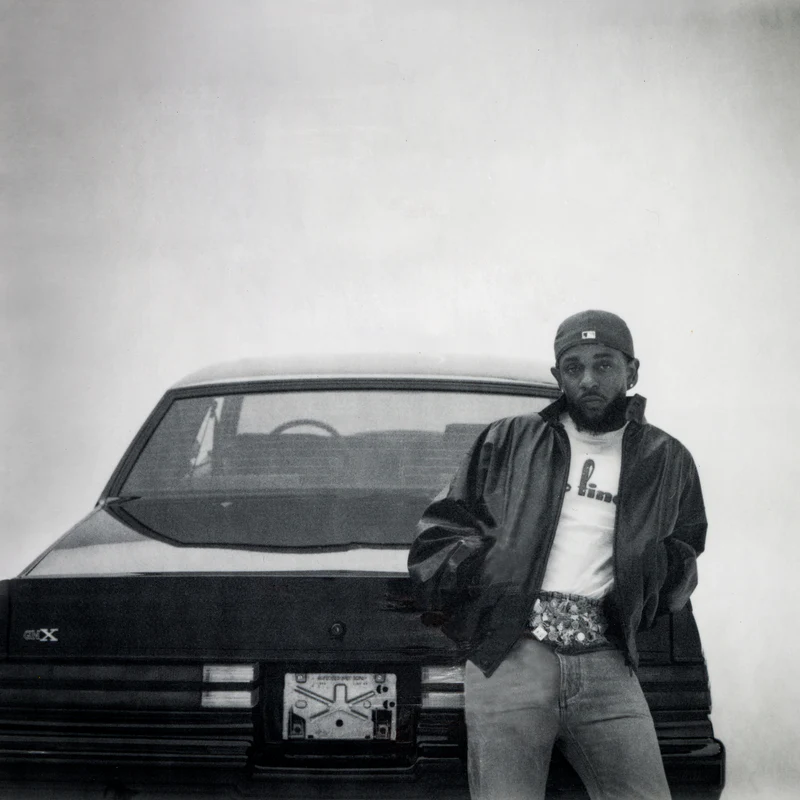


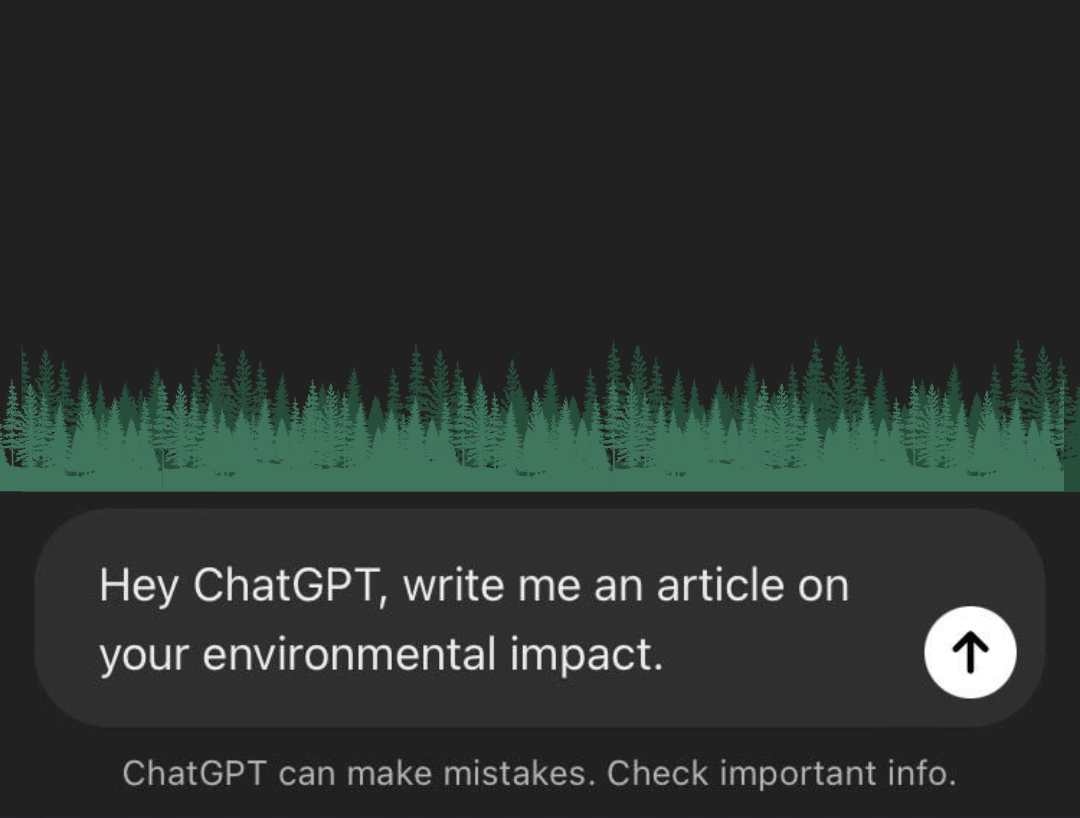

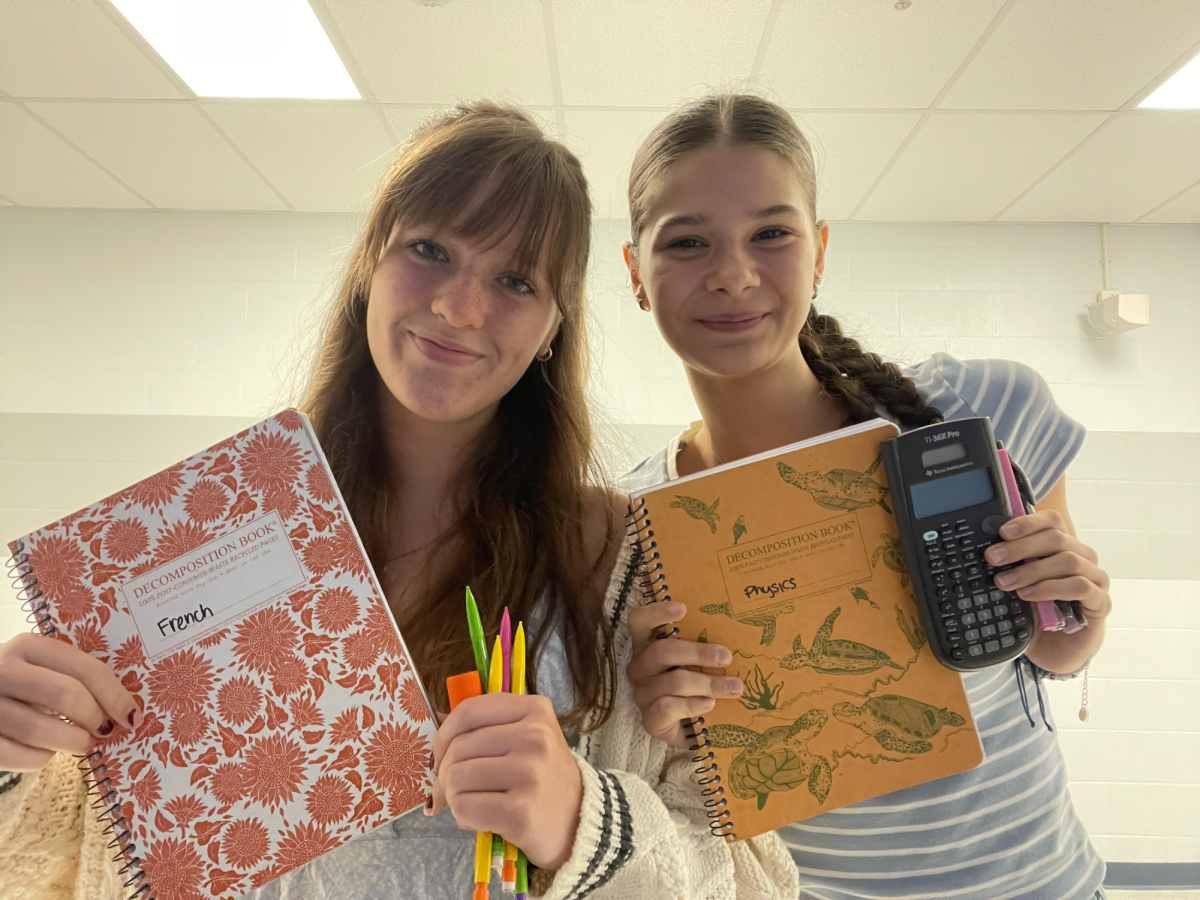


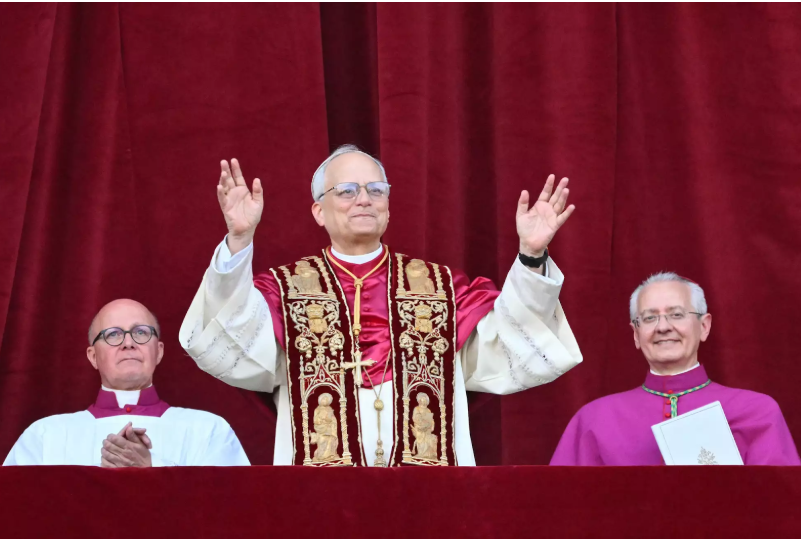
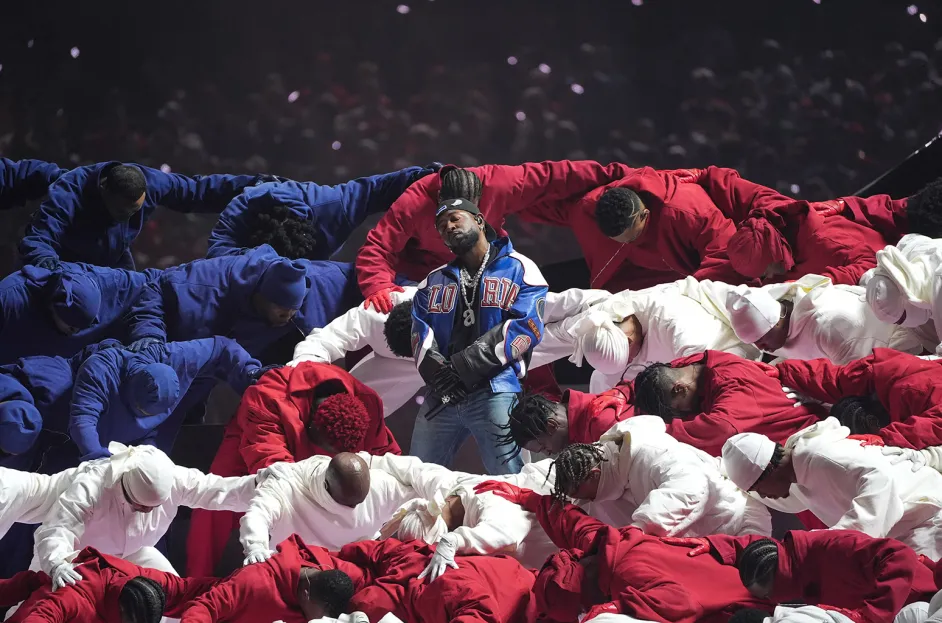
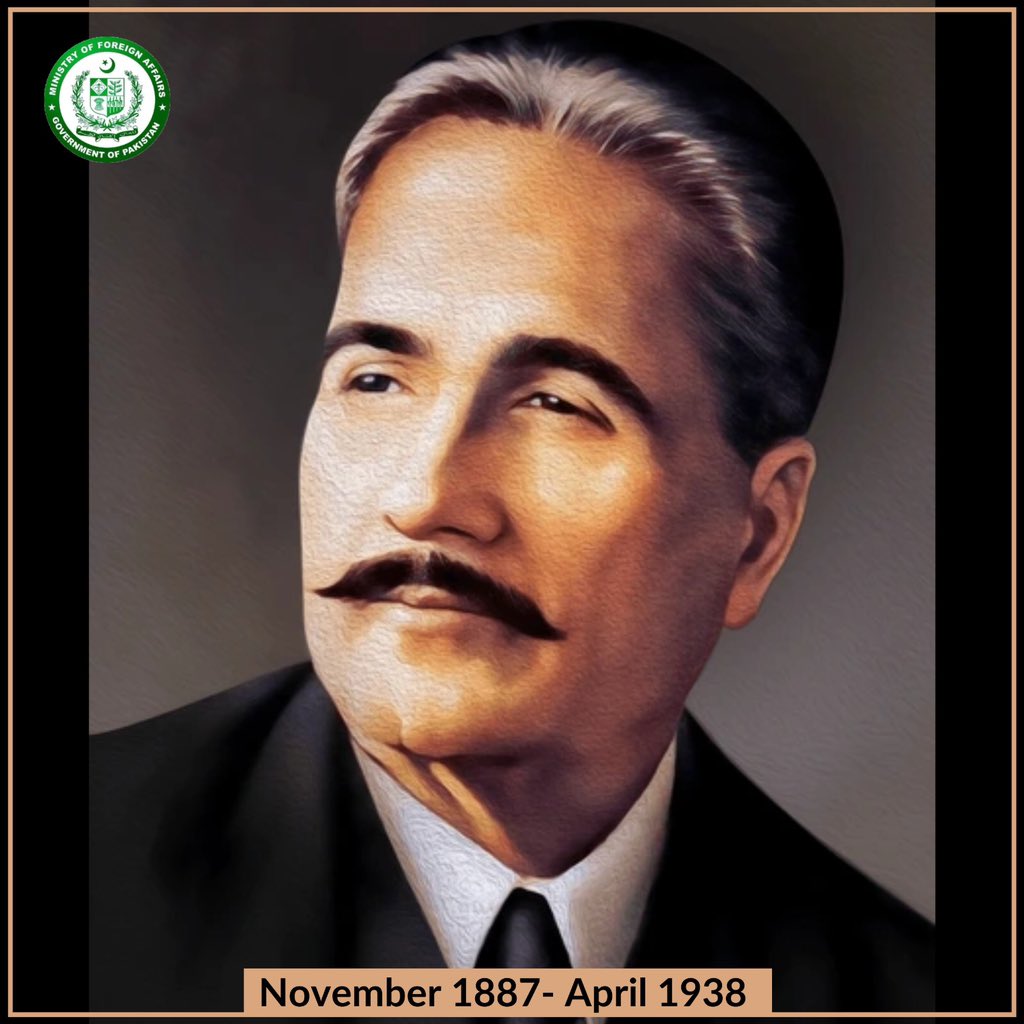
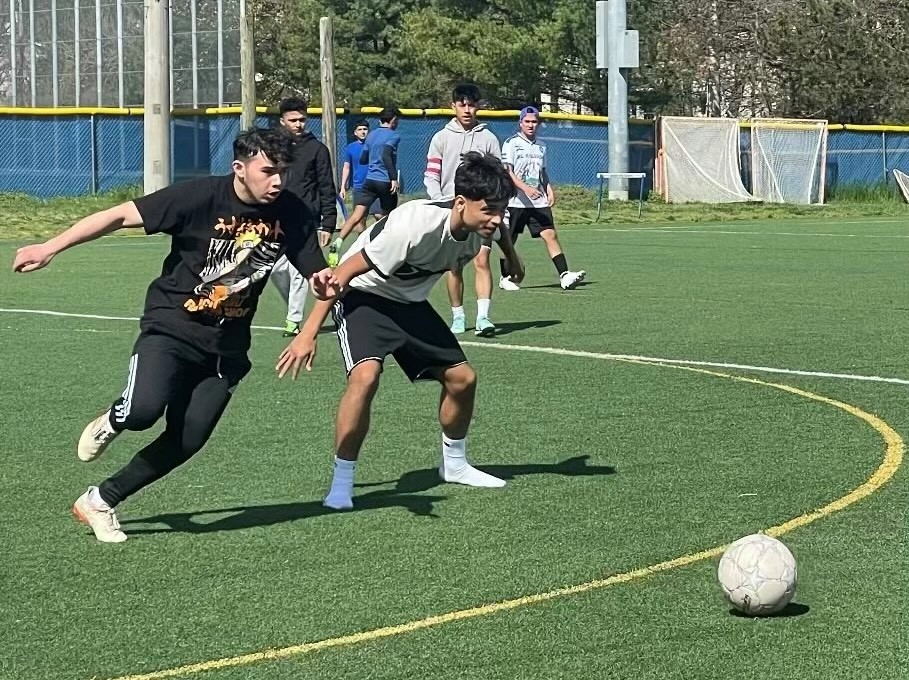
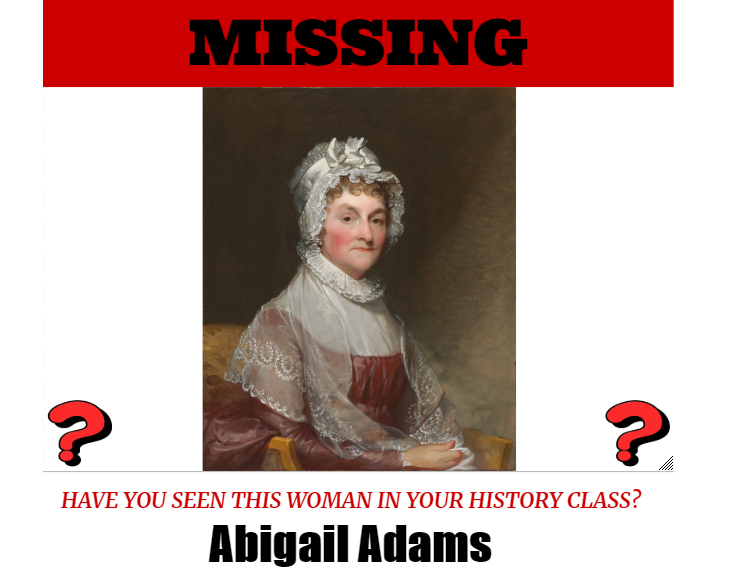
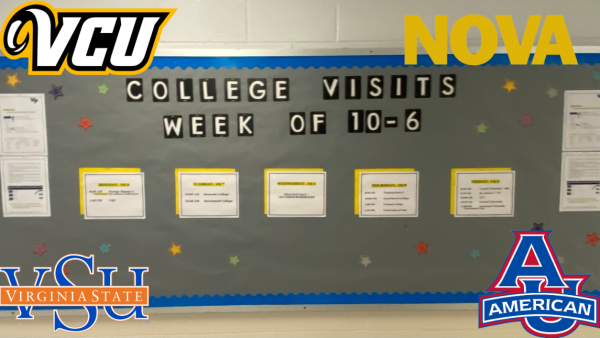
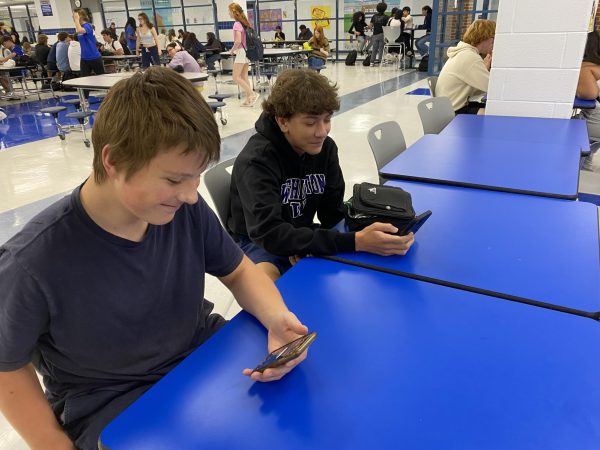
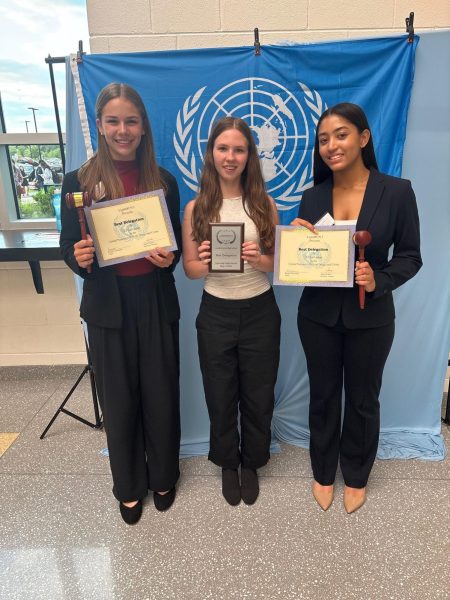
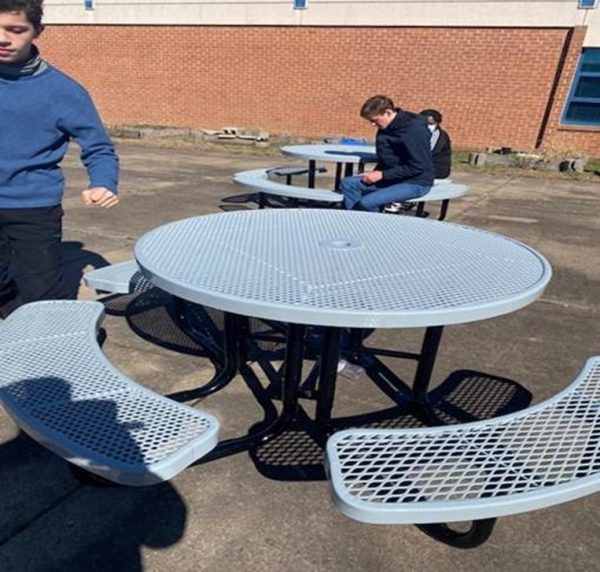
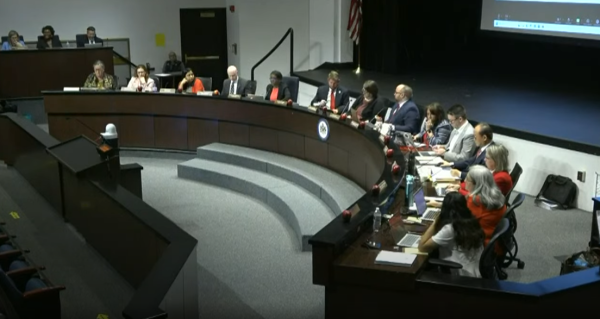


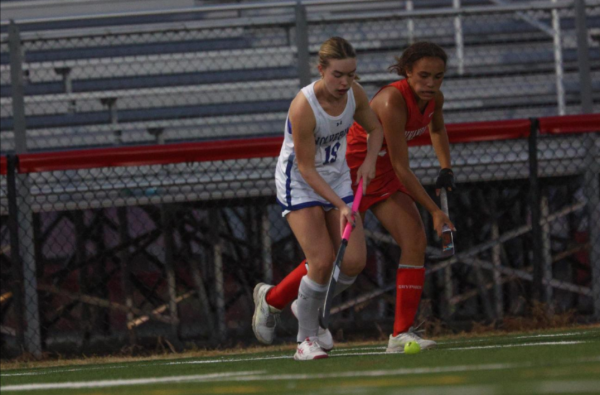
Evan • Dec 16, 2021 at 9:12 PM
I am a high school teacher seeking resources I can modify for a womens history class I have never taught before. I like the ideas discussed in this article and I would be interested in learning more about the instructors approach